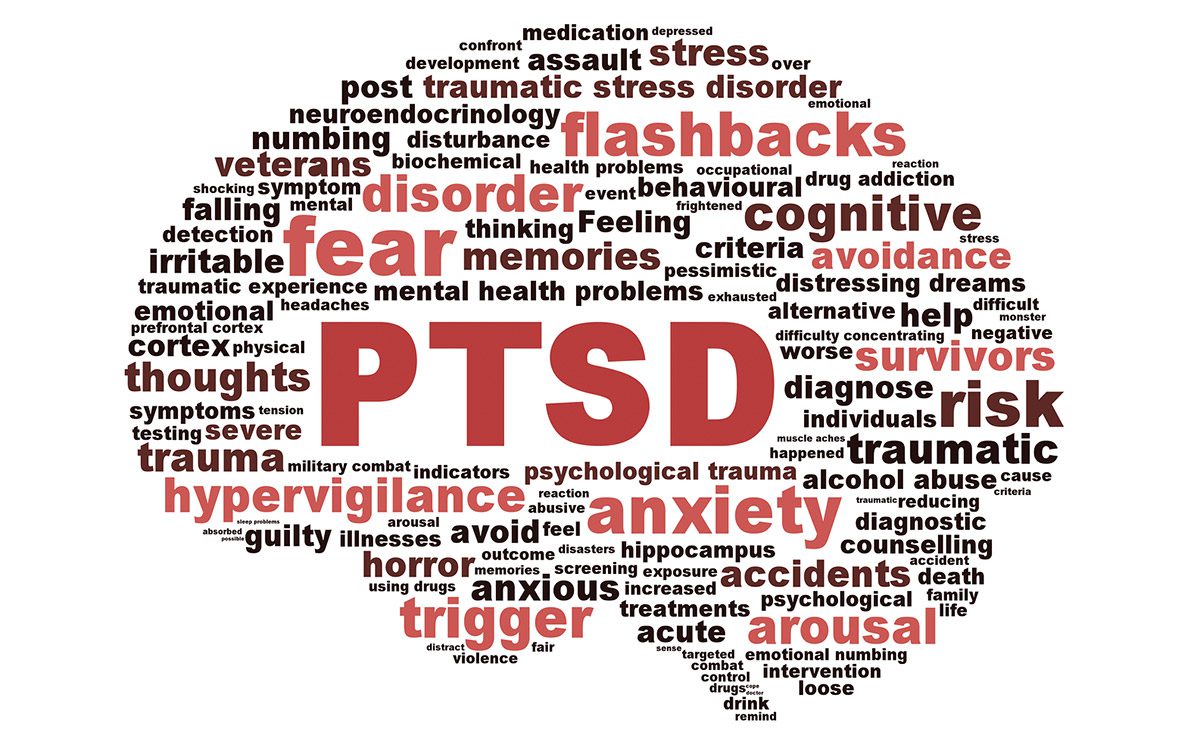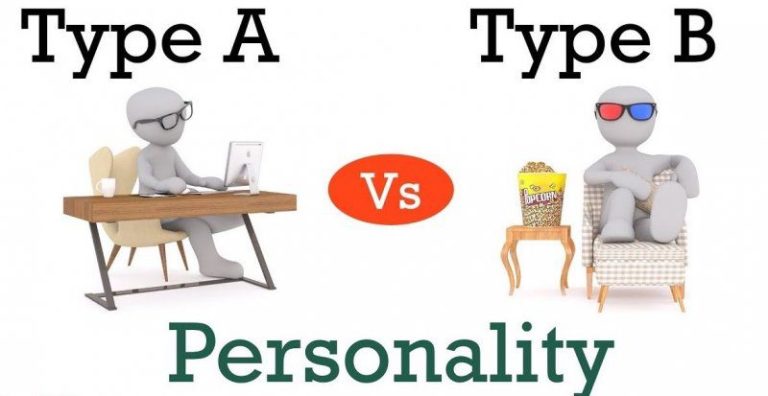Post- Traumatic Stress Disorder
Post-traumatic stress disorder is commonly known as PTSD. What is PTSD? According to the Diagnostic and Statistical Manual 5 (DSM 5), PTSD involves a specific set of characteristics.
As the name suggests, people who experience themselves a traumatic experience or witness a traumatic experience are prone to PTSD. These can include victims of sexual abuse, survivors of the war, people who experienced a tragic death of a person, bystanders of the twin towers tragedy and so on. Therefore, one of the characteristics for PTSD is the experience or witness of a traumatic event or experience.
Another characteristic involves intrusive symptoms such as recurrent nightmares or distressing dreams related to the event or flashbacks of the event itself. Another characteristic involves persistent avoidance of stimuli that are associated with the trauma such as not going to the place where the trauma happened or avoiding that route on the way to work. Another symptom includes negative changes in the mood and thoughts related to the traumatic event such as forgetting vital aspects of the event. The last criteria are heightened arousal to stimuli, such as sleep disturbance and hypervigilance. The DSM 5 characterises these disturbances as causing clinically significant distress and impairment in social, academic ways of functioning. However, PTSD can manifest itself, uniquely in different individuals as it depends on the severity of the trauma.
Different treatments for PTSD have emerged such as play therapy, cognitive therapy, exposure therapy and eye movement desensitisation and reprocessing (EMDR). Reaching out for help is an ideal way for the individual to control PTSD.
Danica Cassar is a third-year psychology student at the University of Malta. She is the Triage Manager at Willingness.com.mt.
You can visit her profile on: https://zme.tec.mybluehost.me/willingnessmt/team/danica-cassar/







